🏔️ Himalayan Adventure: Trekking in Himachal Pradesh 🥾
Explore the Majestic Peaks and Lush Valleys of Himachal Pradesh on an Unforgettable Trekking Adventure
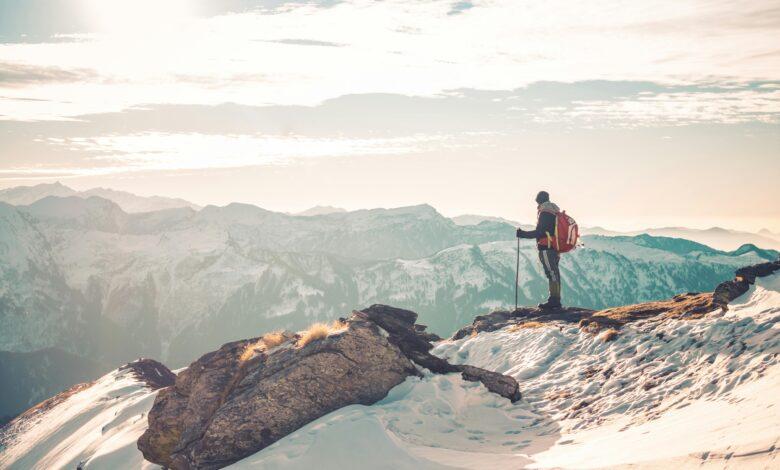
Introduction
Nestled amidst the majestic peaks of the Himalayas lies Himachal Pradesh, a haven for adventure seekers and nature lovers alike. Join us as we embark on an exhilarating journey through this picturesque region, exploring its breathtaking landscapes and pristine wilderness through the ancient art of trekking. From the snow-capped summits to the verdant valleys, Himachal Pradesh offers a plethora of trekking experiences that promise to leave an indelible mark on the soul of every adventurer.
Key Trekking Routes in Himachal Pradesh
Himachal Pradesh, nestled in the lap of the majestic Himalayas, offers some of the most breathtaking trekking experiences in India. From verdant valleys to snow-capped peaks, there’s something for every trekking enthusiast. Here are some key trekking routes in Himachal Pradesh that promise an unforgettable adventure.
Hampta Pass
Located in the Pir Panjal range of the Himalayas, the Hampta Pass trek is renowned for its stunning landscapes and diverse terrain. The trail begins from Manali and takes trekkers through lush green valleys, towering mountains, and pristine rivers. The highlight of the trek is crossing the Hampta Pass at an altitude of 14,100 feet, offering panoramic views of the surrounding peaks including Deo Tibba and Indrasan. The trek is moderately challenging, making it suitable for both beginners and experienced trekkers.
Beas Kund
Beas Kund is one of the most popular trekking destinations in Himachal Pradesh, known for its spiritual significance and natural beauty. The trek starts from Solang Valley near Manali and leads to the glacial lake of Beas Kund, which is believed to be the source of River Beas. Trekkers are treated to mesmerizing views of snow-capped peaks, lush meadows, and colorful wildflowers along the trail. The trek is relatively easy, making it ideal for first-time trekkers and families.
Triund
Perched at an altitude of 9,432 feet, Triund is a scenic hilltop in the Dhauladhar range of the Himalayas, offering stunning views of the Kangra Valley and the snow-clad peaks of the surrounding mountains. The trek to Triund starts from McLeod Ganj near Dharamshala and takes trekkers through dense forests of oak, rhododendron, and cedar. The trail is moderately challenging, with steep ascents and rocky terrain, but the breathtaking views make it worth the effort. Triund is a popular camping spot, allowing trekkers to spend a night under the starlit sky amidst the tranquility of nature.
Offbeat Trekking Trails
For adventure enthusiasts seeking off-the-beaten-path experiences, Himachal Pradesh offers several offbeat trekking trails that promise thrill and excitement.
Pin Parvati Pass
The Pin Parvati Pass trek is a challenging expedition that takes trekkers across the mighty Himalayas, from the lush greenery of the Parvati Valley to the barren landscapes of Spiti. The trek offers a unique blend of diverse landscapes, including dense forests, high altitude meadows, and rocky terrain. Trekkers are rewarded with breathtaking views of snow-capped peaks, pristine lakes, and remote villages along the way. The trek requires a high level of fitness and mountaineering skills, making it suitable for experienced trekkers seeking an adrenaline-pumping adventure.
Indrahar Pass
Situated in the Dhauladhar range of the Himalayas, the Indrahar Pass trek offers stunning views of the Kangra Valley and the snow-capped peaks of the Pir Panjal range. The trail starts from McLeod Ganj and takes trekkers through lush forests, gushing streams, and picturesque villages. The highlight of the trek is crossing the Indrahar Pass at an altitude of 14,245 feet, offering panoramic views of the surrounding Himalayan peaks. The trek is moderately challenging, making it suitable for experienced trekkers looking for a rewarding adventure.
Challenges of Trekking in the Himalayas
Trekking in the Himalayas presents a plethora of physical challenges that adventurers must be prepared to face. The extreme altitudes, rugged terrain, unpredictable weather, and high elevation passes demand endurance, strength, and mental resilience. Altitude sickness is a significant concern, with symptoms ranging from mild headaches to life-threatening conditions like pulmonary or cerebral edema. The steep ascents and descents can strain muscles and joints, leading to fatigue and potential injuries. Additionally, the cold temperatures and thin air pose challenges for breathing and thermoregulation, requiring proper acclimatization and suitable gear to mitigate risks.
Tips for Preparation
Fitness:
Physical fitness is paramount for tackling the demands of Himalayan treks. Engage in a regular exercise regimen focusing on cardiovascular endurance, strength training, and flexibility. Incorporate activities like hiking, jogging, cycling, and yoga to build stamina and muscle strength. Start training months before the trek to gradually increase intensity and duration, simulating the conditions you’ll encounter in the mountains.
Gear:
Investing in high-quality gear is essential for a safe and comfortable trekking experience in the Himalayas. Pack appropriate clothing layers to stay warm and dry, including moisture-wicking base layers, insulating mid-layers, and waterproof outer shells. Opt for sturdy hiking boots with ankle support and reliable traction for navigating varied terrain. Don’t forget essential gear like a durable backpack, sleeping bag, tent, trekking poles, and a first aid kit. Consider the weight and functionality of each item to ensure it meets your needs without overburdening you.
Acclimatization:
Proper acclimatization is crucial for preventing altitude-related illnesses and maximizing your chances of a successful trek. Plan your itinerary with gradual altitude gains, allowing time for your body to adjust to the decreasing oxygen levels. Stay hydrated by drinking plenty of water and herbal teas, and avoid alcohol and caffeine, which can exacerbate dehydration and altitude sickness symptoms. Listen to your body and be prepared to rest or descend if you experience severe symptoms like headache, nausea, or dizziness.
Importance of Experienced Guides and Porters
Navigating the challenging terrain and high altitudes of the Himalayas requires more than just physical preparedness; it demands local knowledge, expertise, and support. Hiring experienced guides familiar with the region’s trails, weather patterns, and emergency procedures can enhance safety and navigation. Experienced guides can also provide valuable insights into the local culture, flora, and fauna, enriching your trekking experience. Similarly, employing porters to carry heavy gear and supplies not only lightens your load but also provides employment opportunities for local communities. Additionally, porters often have intimate knowledge of the terrain and can offer assistance during challenging sections of the trek. Prioritize safety and sustainability by choosing reputable trekking agencies that prioritize the welfare of their staff and the environment.
Experiencing the Himalayan Wilderness
The Himalayas, with their majestic peaks and serene valleys, offer a trekking experience like no other. Each step along the trails unveils breathtaking landscapes that leave visitors in awe of nature’s grandeur. From snow-capped mountains piercing the sky to lush forests teeming with life, every moment spent trekking in the Himalayan wilderness is a feast for the senses.
Encounter with Diverse Flora and Fauna
Traversing through the Himalayan trails provides a remarkable opportunity to witness a rich diversity of flora and fauna. The region is home to a myriad of plant species, ranging from alpine flowers clinging to rocky slopes to dense forests of rhododendron and pine. As trekkers ascend or descend through different altitudes, they encounter unique ecosystems, each harboring its own set of plant life.
Amidst this botanical wonderland, wildlife thrives in harmony with nature. Trekkers may spot elusive creatures such as the snow leopard prowling in the higher reaches, while lower altitudes host a variety of bird species, including vibrant Himalayan monals and chirping warblers. With every turn of the trail, there’s a chance to glimpse the untamed beauty of the Himalayan wilderness.
Immersion in Local Culture and Hospitality
Beyond the natural splendor, the Himalayan trekking experience offers a profound immersion into the rich tapestry of local culture and hospitality. Along the trails, trekkers encounter remote mountain villages where time seems to stand still. Here, ancient traditions and customs are preserved with reverence, offering a glimpse into a way of life untouched by modernity.
The warmth and generosity of the mountain communities leave an indelible mark on trekkers, who are welcomed with open arms into humble teahouses and rustic homestays. Sharing meals with locals, listening to age-old stories by the fireside, and participating in traditional rituals offer a deeper understanding of the resilient spirit that defines life in the Himalayas. As trekkers traverse through these communities, they become not just spectators but integral participants in a cultural odyssey unlike any other.
The Call of the Himalayas
In the heart of the Himalayas lies a wilderness waiting to be explored, where every step is a revelation and every encounter leaves a lasting impression. Whether it’s the sight of sunrise painting the peaks in hues of gold, the rustle of wind through ancient forests, or the laughter of children echoing through mountain villages, the allure of the Himalayan wilderness beckons adventurers from far and wide. In this realm of untamed beauty and timeless traditions, the journey itself becomes a transformative experience, etching memories that linger long after the trek is over.
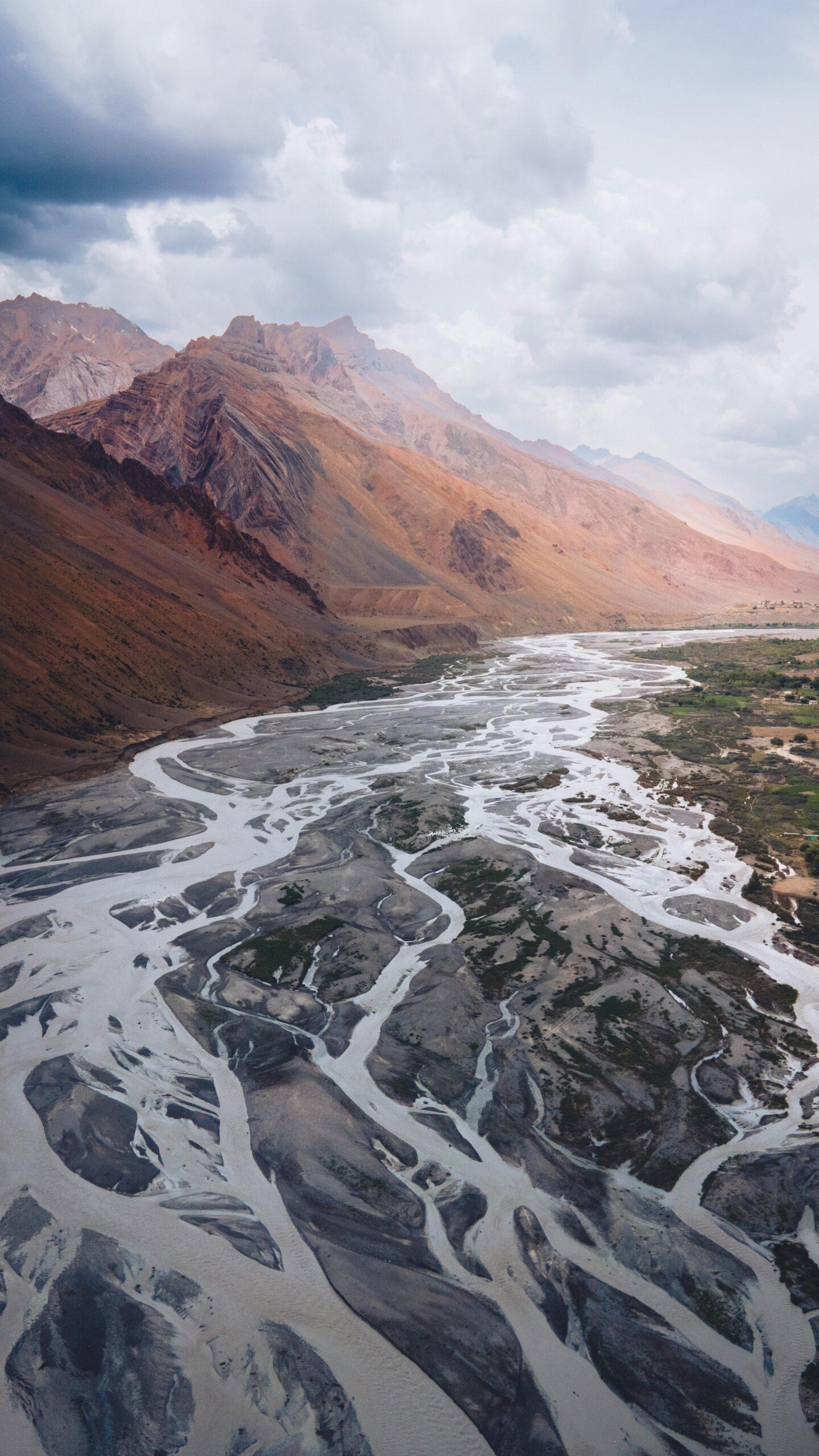

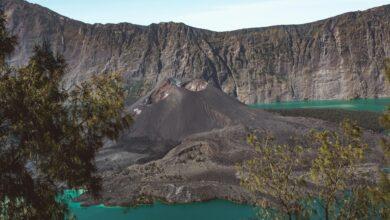
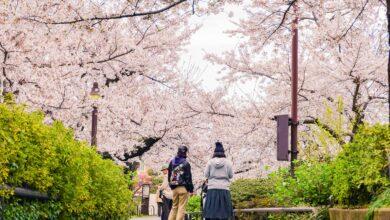

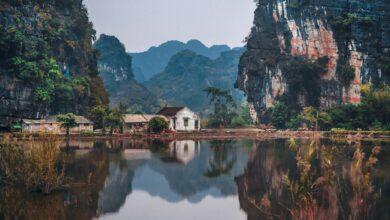
Facebook Comments